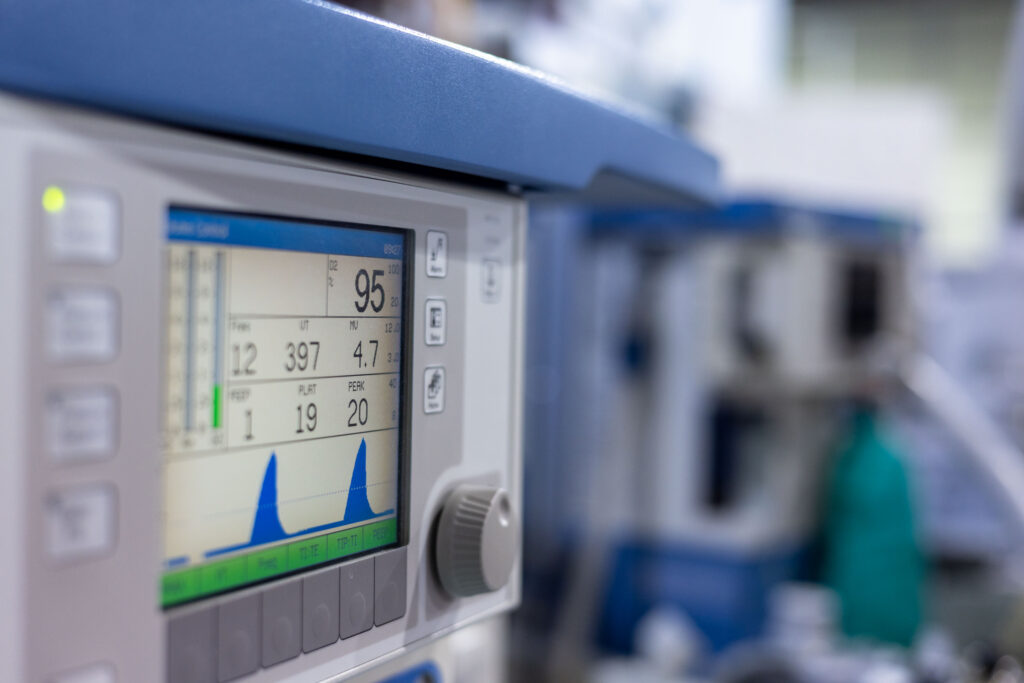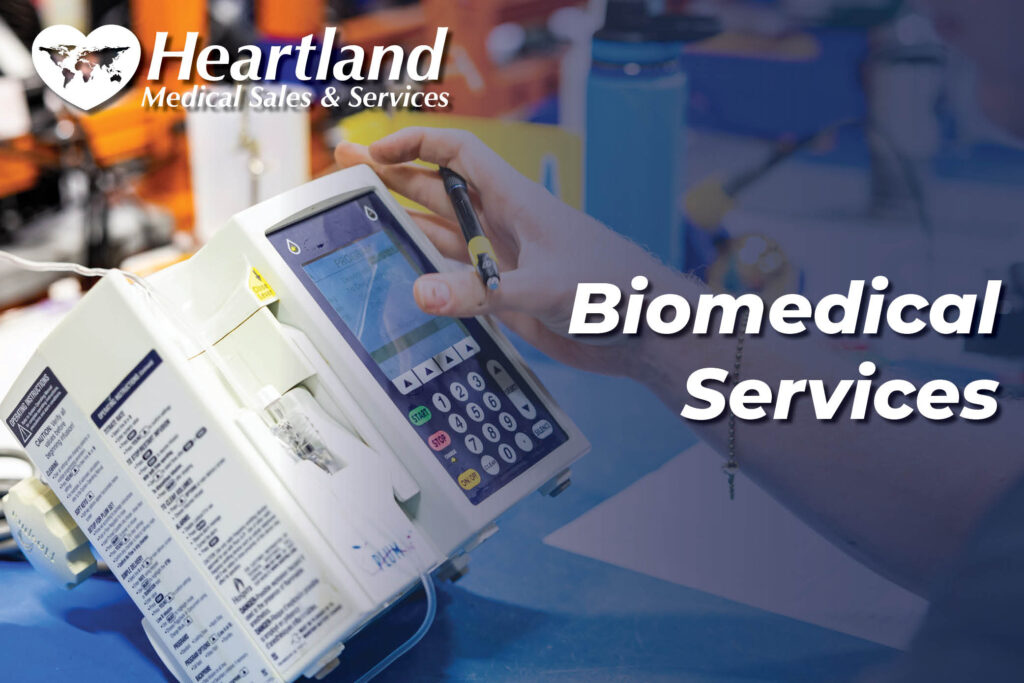Did you know that echocardiograms first started appearing in hospitals back in the early 70s?
Like with a lot of new devices, medical professionals were skeptical about the benefits and accuracy of the technology. Fast forward to today, and you’ll find that echocardiograms are one of the most widely used pieces of medical tech around.
Have you ever asked yourself, “What is an echocardiogram?” If you’ve never heard of it, then you might be a bit skeptical of the technology as well. Keep reading to learn all about it.
The Basics of an Echocardiogram
If you’ve ever seen one in person, you’ve probably admired the look of it and have asked yourself, “How does an echocardiogram work?”
It works by using high-frequency sound waves, otherwise known as ultrasound. The beauty of this technology is the lack of radiation, which makes it 100% safe to use. It’s also non-invasive.
The general purpose of an echocardiogram is to create an outline of the heart. Where it’s most useful is in creating outlines of the heart’s movement.
The ultrasound is directed by a wand that a medical professional places over the area of the heart. By using color Doppler and Doppler ultrasound, this technology can even monitor the heart’s blood flow.
Fetal Hearts
By now, you might be wondering, “Why is an echocardiogram performed?” Put in the simplest terms, they can be used for a variety of purposes, including to check the heart health of a fetus. Since echocardiograms don’t produce radiation like an X-ray machine, you don’t have to worry about affecting the fetus’s health.
A subset of the echocardiogram, known as a fetal echocardiogram, is the kind of technology used for this purpose. At least 18 weeks need to have passed until the fetus’s heart can be scrutinized for any signs of abnormality. After about 22 weeks, other technology can be used instead of a fetal echocardiogram.
3D Renderings
Other echocardiogram uses include the heart health of a child or full-grown individual. One of the most impressive pieces of technology is the three-dimensional echocardiogram. As it’s used by a medical professional, it can create a 3D image of the patient’s heart.
From there, a doctor can look at it from all angles and determine if there are any signs of illness. For instance, they’ll take a look at the functionality or lack thereof in terms of heart valves.
They can also spot signs of heart abnormalities, such as premature ventricular contractions (PVCs). If a surgeon is going to implant a valve or perform another kind of surgical intervention, the 3D model can help them plan for it. This is just the tip of the iceberg as far as what a three-dimensional echocardiogram can be used to accomplish.
Going Behind the Heart
If you’re still wondering when to perform an echocardiogram, you can’t forget about the amazing transesophageal echocardiogram. Sometimes it’s necessary to get a view of the heart that’s even more detailed than one can get from a traditional three-dimensional echocardiogram.
In such situations, a medical professional will opt to use a transesophageal echocardiogram. The major difference you’ll notice is that there’s a lengthy tube with an attachment known as a transducer. This transducer is a lot thinner than those you’ll find on other echocardiograms.
After all, it and the tube need to be swallowed by the patient. This will allow the technology to go down the esophagus. The esophagus runs from the mouth to the stomach but goes under the heart on the way.
Not only will this give a better view of the heart’s rear area but it’ll also be closer. Both of these facts result in details that can allow a more accurate diagnosis and treatment.
What to Expect From an Echocardiogram
Aside from the purpose of an echocardiogram, it’s also important to learn how to prepare for one. You’ll be glad to know that you’re allowed to drink and eat food leading up to the echocardiogram. Likewise, you should continue to take all your medicine as prescribed by a medical professional.
In terms of clothing, you can wear whatever you normally wear because the hospital will give you a standard gown to change into. You might want to avoid wearing valuable jewelry, for instance. In either case, you’ll have a locker where you can store your clothing and other belongings.
As with just about any medical procedure, you’ll have an opportunity to ask whatever questions you want. A doctor will also spend some time explaining the procedure in detail, along with other relevant facts relating to your health and the technology.
For an echocardiogram, you won’t have to remove any clothing from the waist down. Once your shirt is off, a cardiac sonographer will apply electrodes to three key areas, including near the right shoulder and below the clavicle. In addition to the echo, the sonographer will monitor your heart’s electricity using an EKG.
At some point, the sonographer will ask you to lie on your left side. They’ll place the wand at various points to get different angles of your heart. You’ll notice that the wand has a cool gel on it.
You shouldn’t worry because the gel is harmless. In fact, it allows the sonographer to get a much crisper picture of your heart’s activity. Depending on what the sonographer is looking for, they might ask you to hold your breath or even change positions.
What Is an Echocardiogram? Now You Know
Has a family member or friend ever asked you, “What is an echocardiogram?” Now that you’ve learned all about it, you can tell them in detail. Maybe you can both schedule an appointment for one to make sure you’re in good health.
Heartland is here to provide you with the highest-rated capital medical equipment and services on the market. From anesthesia machines and defibrillators to patient monitors and medical steam sterilizers, we can help get your medical practice up and running. We can also repair and maintain equipment.
If you have any questions, don’t hesitate to contact us using the form below or visit our selection ECG/EKG Machines .
"*" indicates required fields




